Many classic fairy tales use the woods as a playground for crucial changes for their heroes. A forest can still be a nice, idyllic place, where good things can happen. Yet, in most cases, every step into the woods initiates an important change. It's a life-changing opportunity with an unpredictable outcome. In psychology, a forest represents the unconscious, the unknown, feminity, and motherhood.
In fairy tales, it's often associated with protection and rebirth. But it also means danger. After all, it's a place to meet wolves, witches, and robbers. Or die of hunger!
The rich symbolism of the woods in the fairy tales is undoubtedly worth exploring by examples. Here are ten possible meanings or interpretations of the forest in classic fairy tale stories.


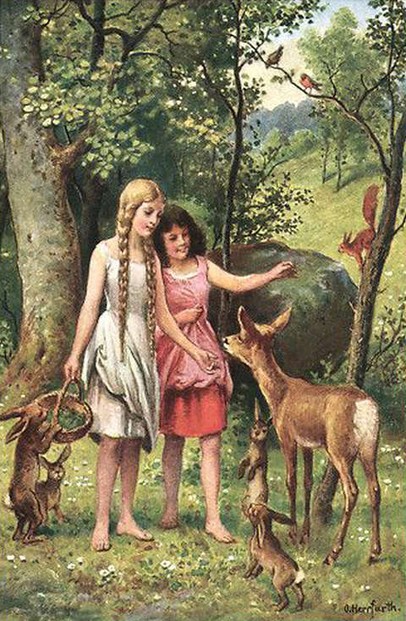
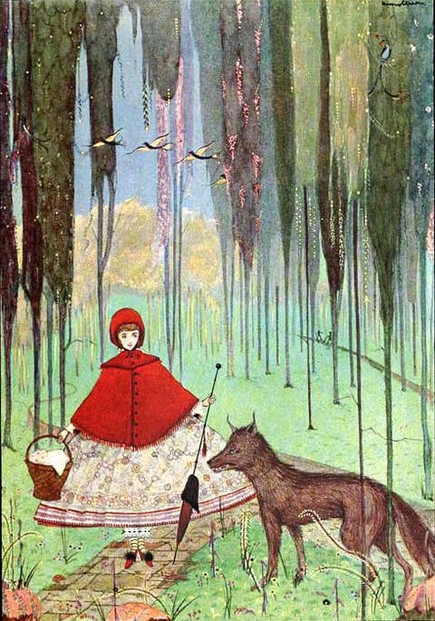
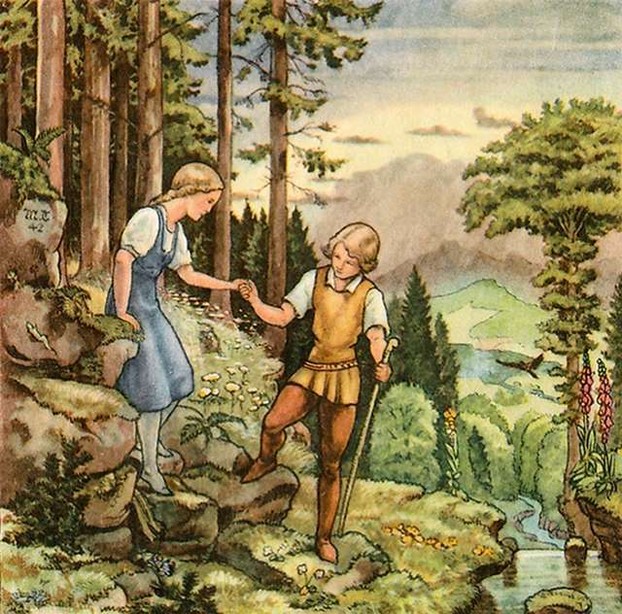
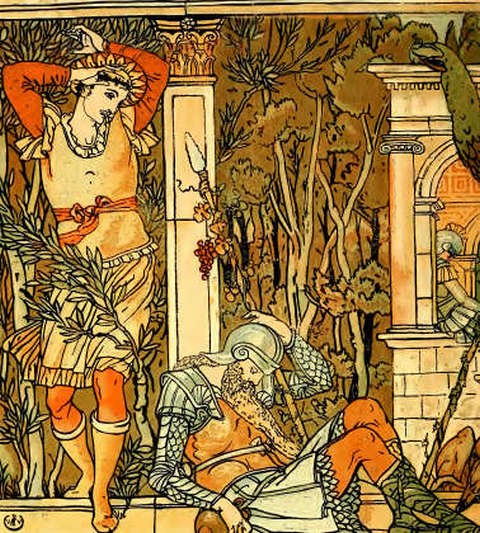
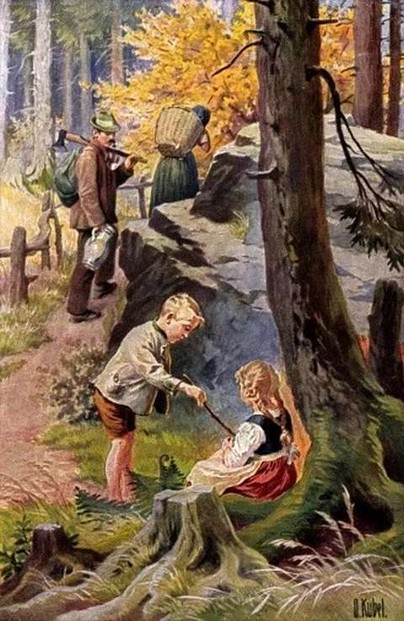
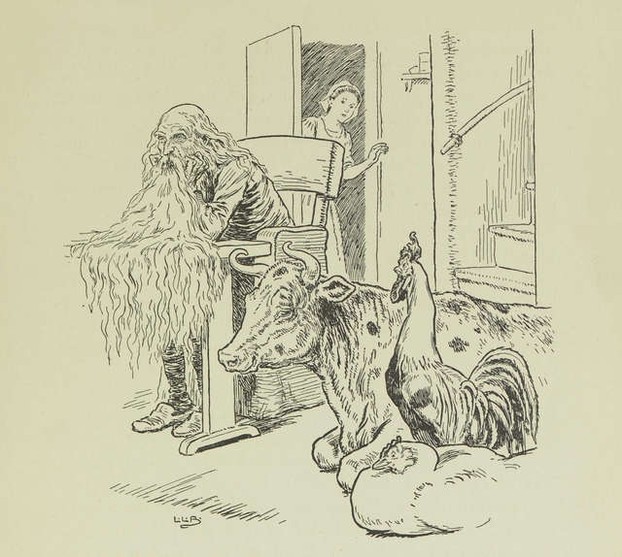
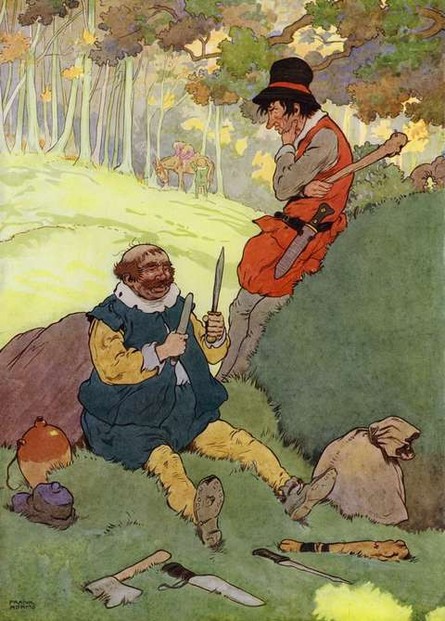
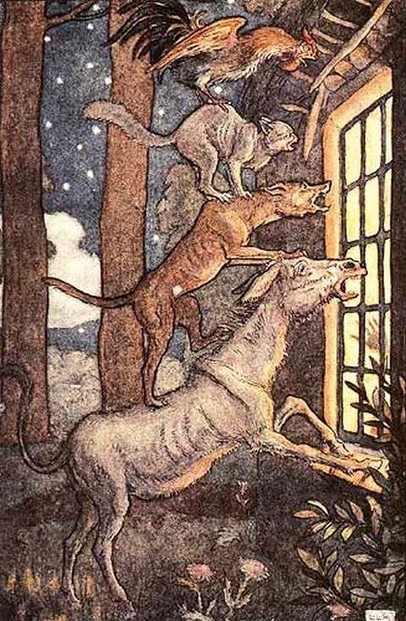
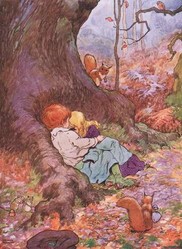

 Vintage Postcard Artists with 10 Examples of Easter Cardson 02/21/2025
Vintage Postcard Artists with 10 Examples of Easter Cardson 02/21/2025
 Valentine's Symbolson 01/23/2025
Valentine's Symbolson 01/23/2025
 Thanksgiving Symbolson 11/12/2024
Thanksgiving Symbolson 11/12/2024
 Famous Witches in Literary Historyon 10/06/2024
Famous Witches in Literary Historyon 10/06/2024
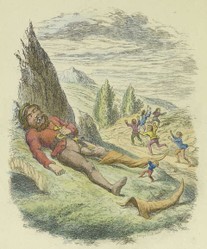
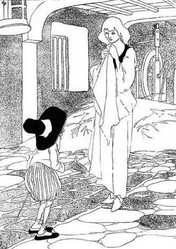
What Woods Mean to You?
I agree, dustytoes, it can be a dark and eerie place. But it's also a place of freedom, opportunities, memoralble experiences. Woods have healing properties - that's a proven fact.
Fairy tales can be a bit more like horror stories! I'd never really thought about the role the woods plays in these tales. It's a place to dispose of unwanted things / people.
Can't say about that. It's very likely the artist was just a bit superficial.
Yes, it's very possible.
I think bread represents temporality and Hans' decision proves his immaturity. He is not able to predict the consequences of his decision and he has to pay the price before he qualifies for a responsible adult.
I am not familiar with a version where he marries, but I am sure there are some.
There is a Princess on the Glass Hill, for instance. I believe there are dozens of variations in Germany and Scandinavia.
This is one of possible lessons. To me, there is a strong message about trying to find the happiness in the moment.
It's a command, like a command of the master of the genie. 'I command, you!' or something similar.
I never trully digged into the history of this fairy tale. I've heard about Runge, but can't say much more.